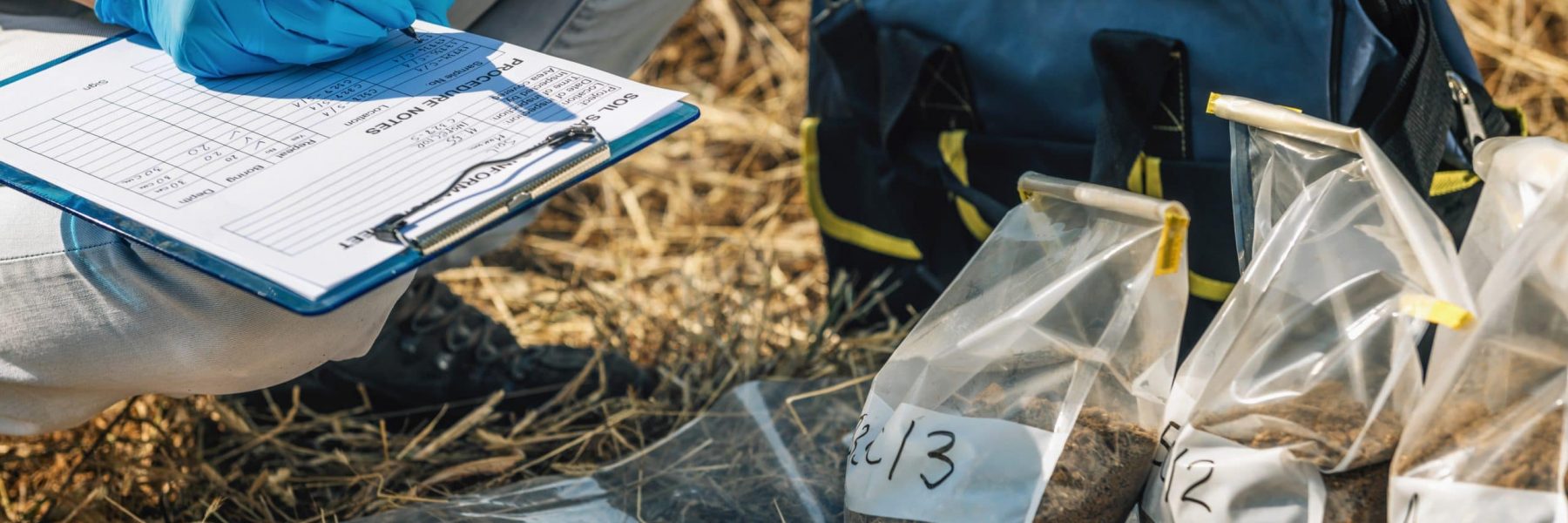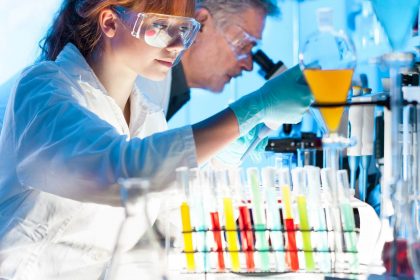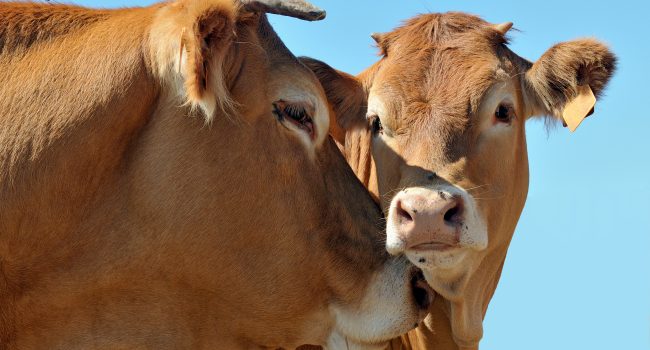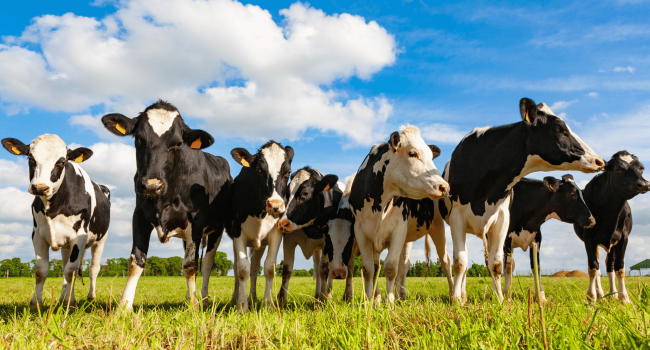NIR technology provides an immediate analysis tool for feeding and nutrition decisions
Near Infrared Reflectance spectroscopy (NIR) is a relatively new technology that has opened up a new world for feed and forage analysis. This method allows rapid analysis of feedstuffs and is particularly used in animal nutrition to provide fast and reliable results for quality control and formulation optimization.
The principle is to use light in the near-infrared wavelength range. The energy is absorbed by samples of raw materials and finished products differently according to their nutritional composition. The recorded spectrum is compared to calibration models to get prediction values similar to reference methods on parameters like moisture, ash, protein, fiber, fat, starch, etc. This process takes only a few seconds, allowing real-time decisions about feeding and nutrition that in the past have taken days or weeks to complete.
Not all NIR analyses are equal in quality
Beyond the quality of the spectrometer instruments, calibration models are extremely important because they are causally linked to the accuracy and robustness of prediction results that users are expecting.
There are several spectrometer instruments in the market, so consequently many calibration suppliers exist. Calibration models are built by using databases of samples’ spectra with reference values coming from wet chemistry laboratories. The reliability of the prediction models can vary greatly depending on variable parameters such as the origin of the samples, reference analytical methods used, accuracy of the laboratories, and year of harvest.
NIR calibration is key
The biggest challenge labs are facing is how to develop NIR calibrations in a global process that will still answer local needs. Building calibrations is costly and time consuming, which means it is easier to create and manage broad global databases to answer global needs. The issue with this method is that this process may not be fully adapted to local needs and demands which correspond to specific climates, production, or origin of raw materials. In certain areas, some models must be adapted to these specificities.
Global calibrations are more robust in the way they can predict any raw material, even from different locations. These calibrations are usually developed with a database coming from several labs, including a high level of variability.
Adding a lot of samples in a database can create a huge number of redundant values in the middle range of data, leading to a Gaussian distribution. Following this method, the accuracy of prediction models can be affected in the extreme range of values with very low correlation.
Adding extreme range values can bring robustness in the models, if samples are represented in the same proportion all along the range. On the other hand, having a large range of values decreases the accuracy if the need is in a small range of values.
Overall, even if the best mathematical model is used for a calibration development, what gives the best reliability is the database of reference values and spectra. The uncertainty of the lab, also called Standard Error or Laboratory (SEL) should be known before starting to build a model, as well as the targeted range of values. Just like all mathematical models, the calibrations may be always validated with a set of external samples, to check if the Stand Error of Prediction (SEP) is acceptable considering the accuracy expected.
The ADM difference
The perfect recipe to develop the best NIR calibrations is the reference lab providing the values used in the database, plus a defined set of samples that answers range and targeted values for daily uses and formulation requirements.
ADM and Upscience labs offer just such a recipe, with a strong experience in animal nutrition analysis and an international recognition on accreditations according to ISO 17025. This expertise offers real added value. This network of labs, under a semi-centralized organization for the development of the NIR technology, provides an answer for customers’ local needs and is a strength for a complementarity of calibration sets.
Moreover, ADM and Upscience have their internal NIR experts to support customers according to market expectations, which reflects ADM’s spirit for tailor-made support and the local approach in lab service offers. Our NIR measurement offer can be included in our quality control plan that helps you verify if your final product meets the quality requirements demanded by you or by law.


![[EN] Sincro 1](https://www.premix.adm.com/wp-content/uploads/2022/10/SINCRO-420x280.jpg)

